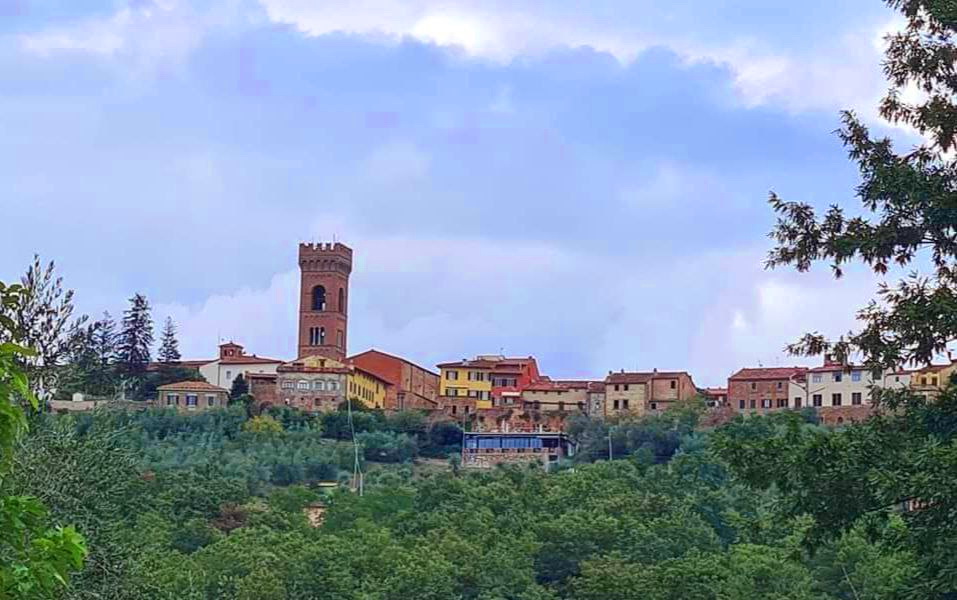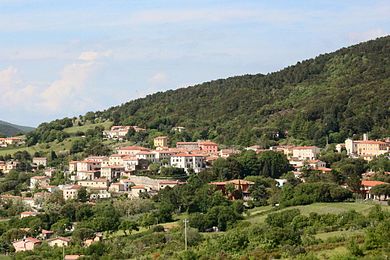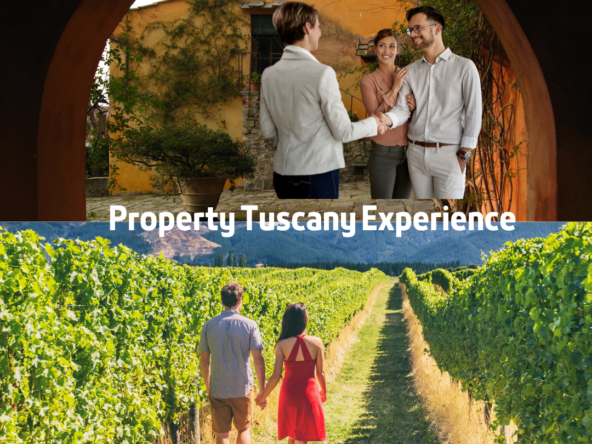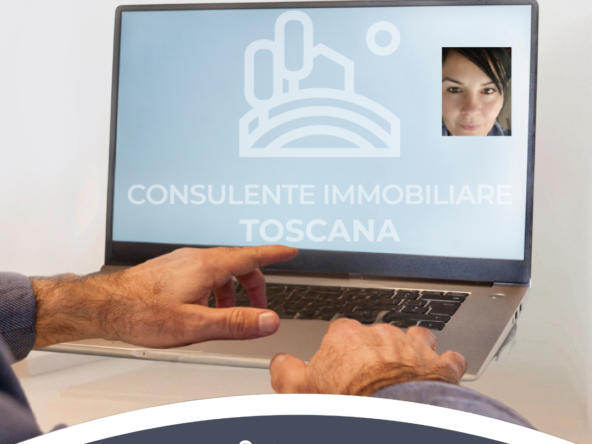Among the hills of the province of Lucca, we find a village that deserves to be visited for the beauty and the Tuscan typicality that it still maintains.
It is Montecarlo di Lucca that stands on an isolated hill that is located on the border between Valdinievole and Lucchesia.
The characteristic of this landscape are the olive groves and vineyards and its fame throughout the world is due to its important wine production.
VIVINAIA AND THE BIRTH OF MONTECARLO
Vivinaia was the name of the plain that connects Valdinievole and Lucchesia. It was a lush land of olive trees and vineyards, surrounded by oak and chestnut woods.
It had been the land of Matilde di Canossa and Castruccio Castracani and unfortunately destroyed in 1331 by the Florentines, forced by John of Luxembourg to abandon Lucca, took revenge and destroyed Vivinaia: the soldiers burned houses, demolished the walls and forced the inhabitants of the village to flee.
The population took refuge on the hills above the old town, on the Rocca del Cerruglio, which was an ancient fortress surrounded by a forest of Turkey oaks.
In 1332 King Carlo of Luxembourg, son of John, and sent by his father as Vicar of the town, realized what had happened and decided to rebuild the town which was named in his honor Mons Carlo, and since then it has remained Montecarlo.
Even though Charles would later become Emperor of the Holy Roman Empire with the name of Charles IV, he would not forget the town that bears his name.
In fact, he would often return to Montecarlo and personally take care of the fortification of the village; he would order the construction of the imposing city walls, to make them more resistant and difficult to conquer than those of Vivinaia.
The Rocca del Cerruglio, according to his will, was incorporated into the new construction and the profile of Montecarlo, even if it was later modified under the rule of Paolo Guinigi and then Cosimo I de’ Medici, is still today the one that Charles had designed.
LIVING IN MONTECARLO
Obviously we are not just talking about the historic village but about the entire surrounding area where the houses are immersed in the greenery of the woods.
This area is rich in history and culture and in addition to the beautiful churches and monuments present, we find ancient traditions, handed down to the present day.
The inhabitants of Vivinaia were known as the producers of one of the best wines in Tuscany, since Roman times and Montecarlo is an integral part of the “Strada del Vino e dell’olio Lucca, Montecarlo, Versilia”, or routes designed to encourage knowledge of wine through direct knowledge of the territory and the surrounding environment.
Themed events are organized in this small village, such as:
the “Festa del Vino” between the end of August and September;
the “Montecarlo Jazz and Wine”;
the “Via Vinaria”, with open cellars and tastings, in May;
“Montecarlo è di strada” an entire weekend in July dedicated to art and craftsmanship, all accompanied by good food and the inevitable Montecarlo wine.
In the village we find the small Teatro dei Rassicurati, which was frequented by the maestro Giacomo Puccini.
There are wonderful properties in this area and it is worth knowing it so as not to miss a jewel in this part of Tuscany.
Book a consultation for your investment in Tuscan
https://calendly.com/consulenteimmobiliaretoscana






